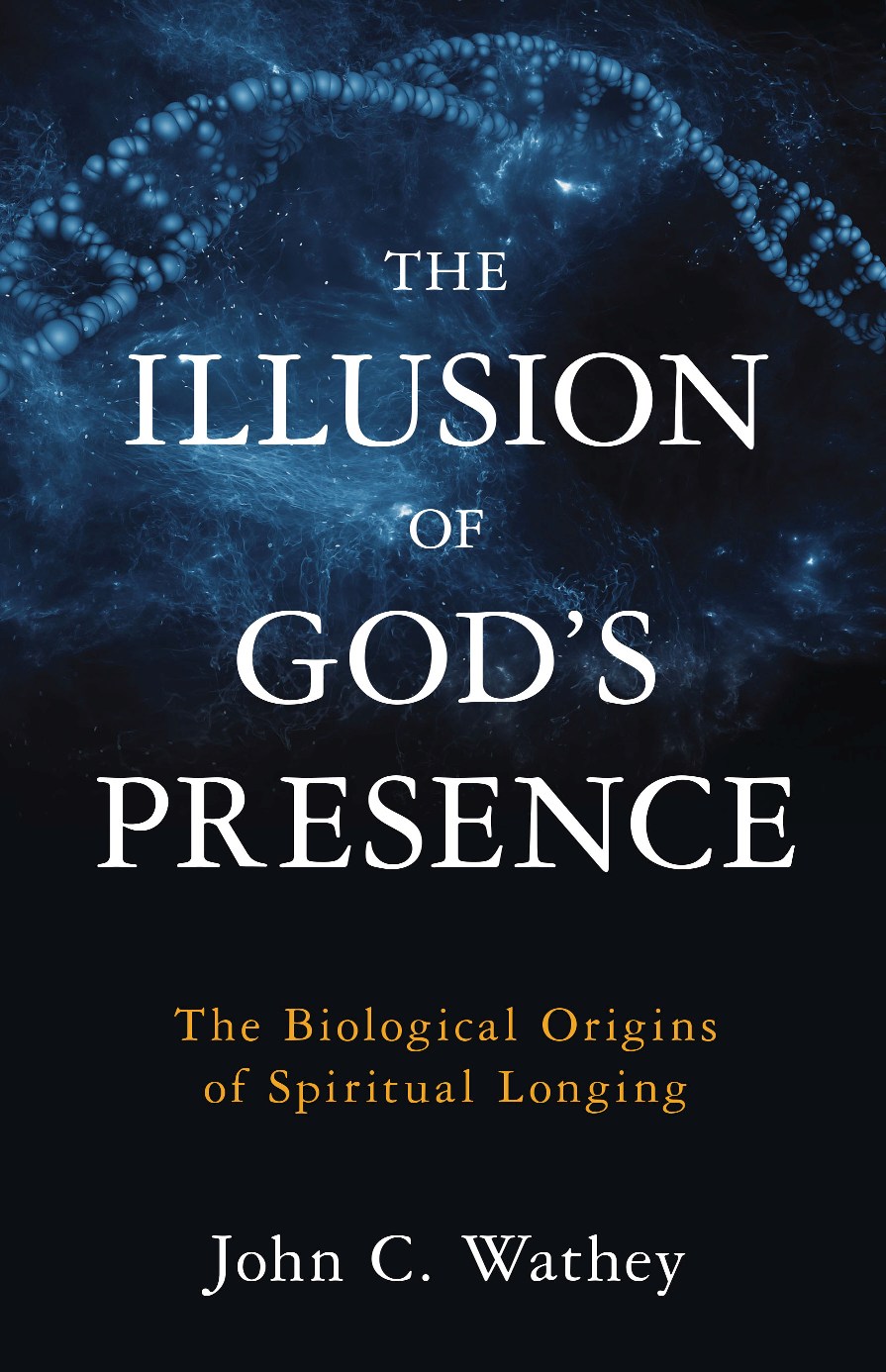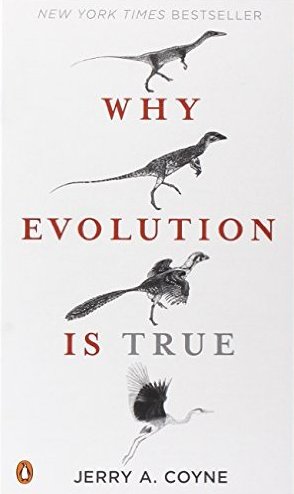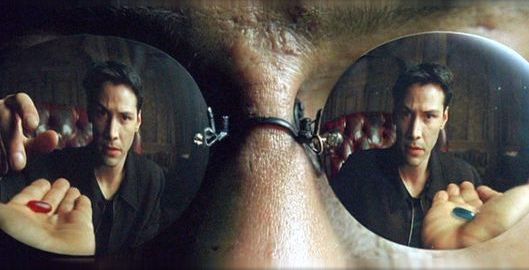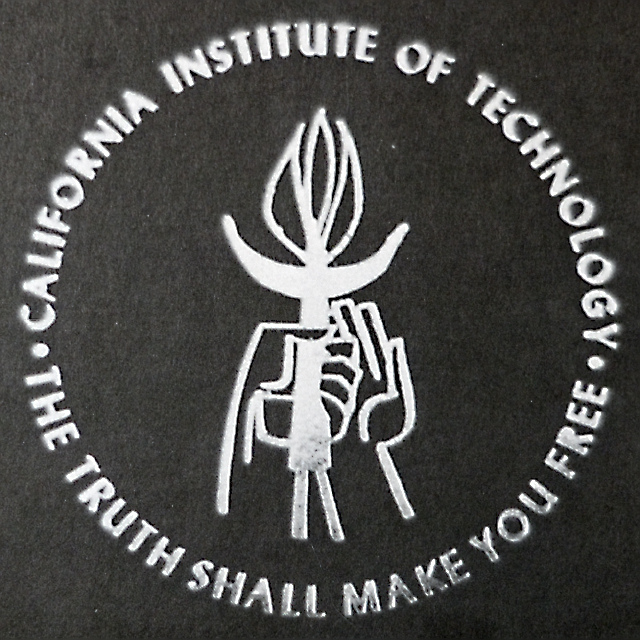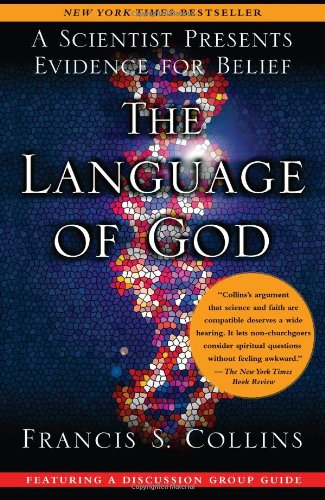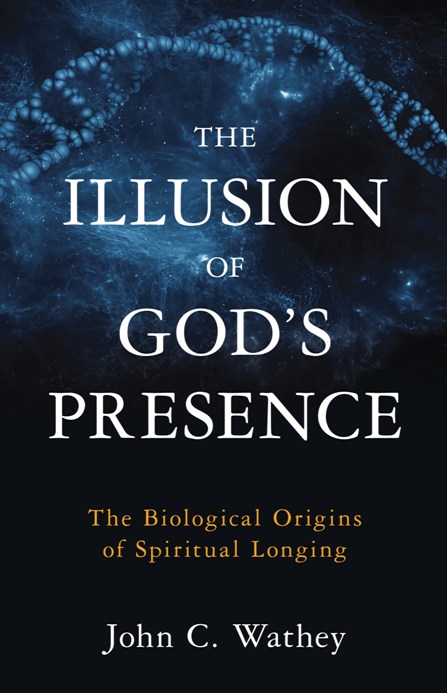Welcome to watheyresearch.com,
website of John C. Wathey. My latest project is a nonfiction book,
The Phantom God: What Neuroscience Reveals about the Compulsion to Believe.
I have been so absorbed in finishing The Phantom God and getting it published that I have not had time to update this website with information about the new book. I hope to correct that in the coming weeks and months. Meanwhile, however, there is one historical page about The Phantom God, and you can find recent reviews at the amazon page and publisher's page.
At present this site is mainly about my first book, The Illusion of God’s Presence: The Biological Origins of Spiritual Longing.
On this page I present an overview of the book. You might also want to try:
Cover Blurbs Reviews Interviews Talks Table of Contents Sample Pages The Sequel
Why this book?
I wrote the book in part because I was disappointed with recent skeptical takes on religion. Most are rants about the evils of religion, sterile philosophical arguments about why it is mistaken, or attempts to explain it away as a byproduct of our cognitive mechanisms. I liked these books, but I felt they were somehow missing the point. People don’t believe in God because they lay awake nights worrying about what preceded the Big Bang. They believe because they have sensed God’s presence. For many it is a feeling of knowing that God lives within them or that the universe is somehow mindful and loving. Others experience the sudden and dramatic sensation of a divine presence, often in a moment of crisis or despair. I don’t accept the supernatural interpretation of these feelings, but the feelings are real. I’ve felt them myself, and I see them as a great puzzle of human nature that cries out for a scientific explanation.
The Illusion of God’s Presence attempts that explanation, exploring mainly evolutionary and behavioral questions. Why are we prone to the intuitive sense that something about our universe is benevolent and loving? Why do we long for that mystical other? What is it about our evolutionary history and the niche we occupy that have shaped human nature in this way? The book challenges the assumption that religious feelings are uniquely human by uncovering roots that go deeply into behaviors we share with many other animals.
The qualities that most distinguish The Illusion of God’s Presence from similar books are the novelty and depth of its ideas, the enticing, patient, and explanatory tone of its presentation, and especially its emphasis on religious feelings that are often ignored in the scientific literature but that believers will instantly recognize as both familiar and essential. The product of seven years of scholarly research and a lifetime of personal struggle, it will leave its readers feeling that they see religion in a new light, more completely than before, and with its facade peeled away to reveal the biological sources of its power.
It is also a good read. The metaphor of a journey of exploration permeates the entire book. Although written to the highest standards of scientific scholarship, The Illusion of God’s Presence has the feel of good narrative nonfiction, with arcane scholarly digressions relegated to the endnotes. It begins with an account of the life-threatening hike that precipitated my own experience of a sensed mystical presence, and other bits of narrative appear throughout. Science itself is also a story of discovery, and I use that style when I discuss scientific findings in the book.
Slot canyon in the Carizzo badlands, photographed by the author at a safe time of year.
Are you ready for this journey?
From the preface:
This book is not for everyone. If you have encountered crushing burdens in life, your appeal to a higher power may be a sustaining source of strength, salvation, or unconditional love. Although this book is unlikely to diminish your faith, you might not find it helpful. Others may find it helpful, but only after some special preparation. This book is about biology, and its ideas, like all ideas in modern biology, rest on the foundation of Darwin’s theory of evolution through natural selection. If you have been steeped in creationism, or even if you just feel unsure about your understanding of evolution, I urge you to start with the appendix on that subject.
I also recommend the website talkorigins.org and Jerry Coyne's book, which is the best presentation of the evidence for evolution I have ever read. No amount of evidence will help you, however, unless and until your mind has begun to open.
And if you are approaching this book from a religious or spiritual background, you may need even more than an open mind and a basic understanding of evolution. From chapter 13:
In the movie The Matrix, there is an iconic scene in which Morpheus offers Neo a choice between a red pill and a blue pill. If he swallows the blue pill, he remains in the comfortable but illusory reality created for him by the malevolent computers that have taken over the world. If he takes the red pill, the illusion will dissolve, and he will get to live a more challenging but authentic life in the struggle to free humanity.
Apart from my skeptical readership, this book is intended for believers who are ready for the red pill, although the book itself is not a red pill. For most people, letting go of the illusion is not that easy. It will take time and effort on your part, and the transition can be painful. I can only offer a little guidance, and I do that in the last two chapters. A better cinematic metaphor might be the boat used by Truman Burbank near the end of The Truman Show, a clever and beautiful allegory of deconversion. Like Truman, you will need to do the sailing.
John 8:32, one of my favorite Bible verses and motto of my Alma Mater.
I wrote the book for anyone who wonders what science has to say about where religious emotion comes from, especially that powerful but ineffable longing for a mystical other. I expect that many of my readers will be scientifically literate and skeptical of the supernatural, but I also hope to reach some believers who wrestle with doubt—especially young adults who are not yet so deeply committed as to be unreachable. Above all I have written it for those who genuinely seek truth and depth of understanding, wherever that journey may lead.
Why do I call the feeling of God’s presence an illusion?
I mean it in the same sense that the Ames room is an illusion. When you look into the Ames room, the brain has expectations about the rectangular shape of the room and about the floor being horizontal, because that’s how it looks. But that’s not how it is, and because of these expectations, because of this neural model of a rectangular room, you see the overwhelming illusion that the identical twins are grossly different in size.
I suggest that something like this is happening when people sense the presence of a loving God, not because of the shape of any room, but because of the shape of human infancy. I argue that the brain of a newborn has an innate model of its mother, an expectation that she exists, that she provides warmth and nourishment, and that she responds to crying. In adulthood it’s this innate expectation of a primordial savior that precipitates the illusion of God’s presence, especially in a time of despair and helplessness — conditions that mimic the situation of a helpless infant.
 Click image for video. Photo © Mark McKenna, used by permission.
Click image for video. Photo © Mark McKenna, used by permission.
NIH director and Christian Francis Collins asks, “Why do we have a ‘God-shaped vacuum’ in our hearts and minds unless it is meant to be filled?” By "God-shaped vacuum" he means an innate longing for the divine, a universal human need for, and receptivity to, God’s love. Collins argues that only God’s existence can account for this innate spiritual longing, a divine endowment that makes us seek the creator.
By contrast, I contend that all of this has a completely natural explanation, one that can be understood in terms of human biology and our evolutionary history. The god-shaped hole is really a mother-shaped hole. It is the innate neural model of the mother, a hard-wired circuit that serves as the essential skeleton of the infant’s part of the mother-infant bond. It is not a detailed image of a specific person, but only a crude and vague expectation of the existence of a primordial savior. In the book I discuss at length the analogs of this in other species and the selective pressures behind its evolution in humans. Beyond the obvious importance of mother-infant bonding, the selective pressures have to do with enhancement of sensory perception in neonates, the complexities of soliciting care in the social milieu of human cooperative breeding, and the development of reinforcement learning in the social domain.
An example from the behavioral biology of sea turtles may help to clarify the idea. Sea turtle hatchlings do not have an innate longing for their mother, because she is long gone by the time they hatch out. Instead they have an innate longing for the ocean and a crude neural model of it that guides them during their critical march to the surf. This model is mainly visual, and it simply tells the hatchling to crawl toward the brightest part of the horizon. Under natural conditions this will be the white surf of breaking waves, and it has served sea turtles well for a hundred million years.
But in an age of beachfront homes and artificial lights, it can fail. When sea turtles hatch out at night, as they typically do, artificial lights excite their innate model of the ocean even better than the real ocean does, and they will happily march away from the surf and to their doom. For a sea turtle hatchling, artificial light is a supernormal stimulus — meaning it is more effective than the natural stimulus that normally elicits the behavior.
In the same way, our most culturally successful concepts of God are supernormal stimuli for the innate model of mother. God is a kind of super parent who excites that crude model even better than a real mother, and prayers of desperation are the adult manifestation of infantile crying.
An example from neurology is equally helpful. Amputees commonly describe the feeling that their missing limb is still present. They can tell how it’s oriented in space, and they feel sensations from it, like itching or pain. This phantom limb illusion persists despite the subject’s conscious knowledge that the limb is missing. It happens because the circuits in the brain that previously controlled the limb and received sensations from it are still present. Those neurons expect the limb to be there, and that expectation creates the illusion.
I suggest that the feeling of God’s presence is a similar kind of thing. In the light of biology, God is a supernormal phantom, not a supernatural spirit. The illusion of God’s presence is a phantom sensation that arises because the innate neural model of the mother expects a primordial savior to be there, just as the brain of an amputee expects the missing limb to be there.
Although this hypothesis does not explain everything about religion, it leads into new territory in the metaphorical landscape of human nature, and it raises new questions. Does a newborn infant really have enough of a mind to support a concept as elaborate as the proposed innate model of the mother? Is there any evidence of such a model in human infants? If it does exist, why would it persist into adulthood? If our image of God comes from this innate model of the mother, then why is God not female? If God is modeled on a nurturing parent, then why are there so many cruel gods in the world’s religions?
The hypothesis also fills some holes in other theories, makes testable predictions, and suggests answers to some of the most vexing puzzles of religion. Why is faith so tenacious? Why does it promote not only selfless generosity, but also mindless hatred? Why do believers pray to an omniscient god who already knows what they want? Why do some of them believe in both free will and predestination? Why is God seen as not only judgmental and punishing, but also unconditionally loving? Why are people drawn to cults? Why are women more religious than men? Why is religion so obsessed with sex?
The Illusion of God’s Presence explores these and many other fascinating questions. It assembles pieces of the puzzle from many scientific disciplines, including some not previously recognized as relevant to religion, like the study of perception and cognition in human newborns. But it is more than a scientific journey. It is also a personal one, for author and reader alike, and it ends with a plea for honesty and humility in our approach to reality, to our Earth, and to each other.
If you would like to learn more than I could cover in this brief overview, you might try some of these links or, of course, buy the book.
Cover Blurbs Reviews Interviews Talks Table of Contents Sample Pages The Sequel

